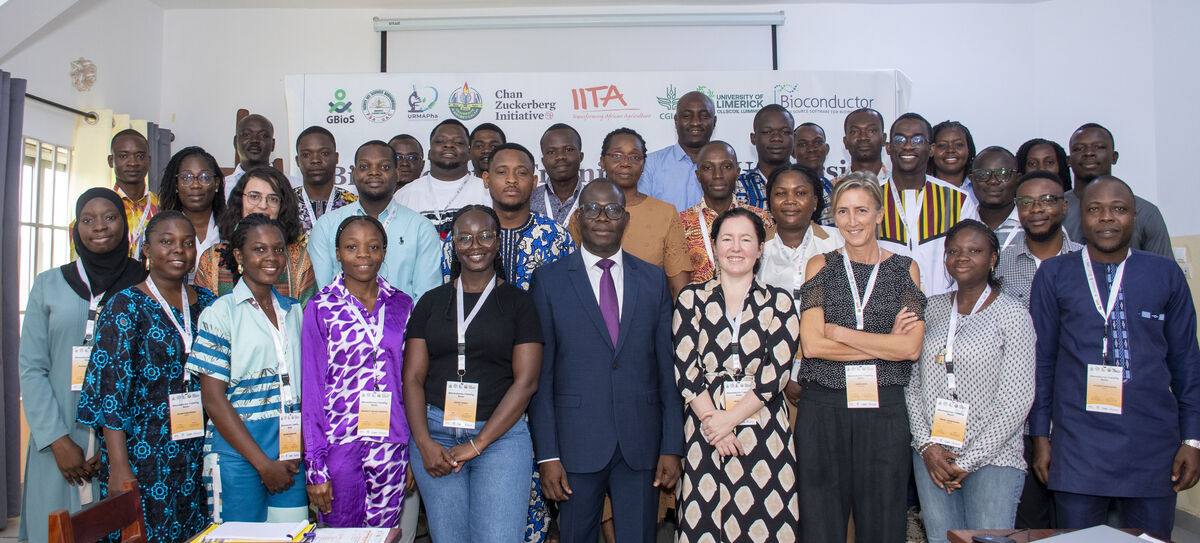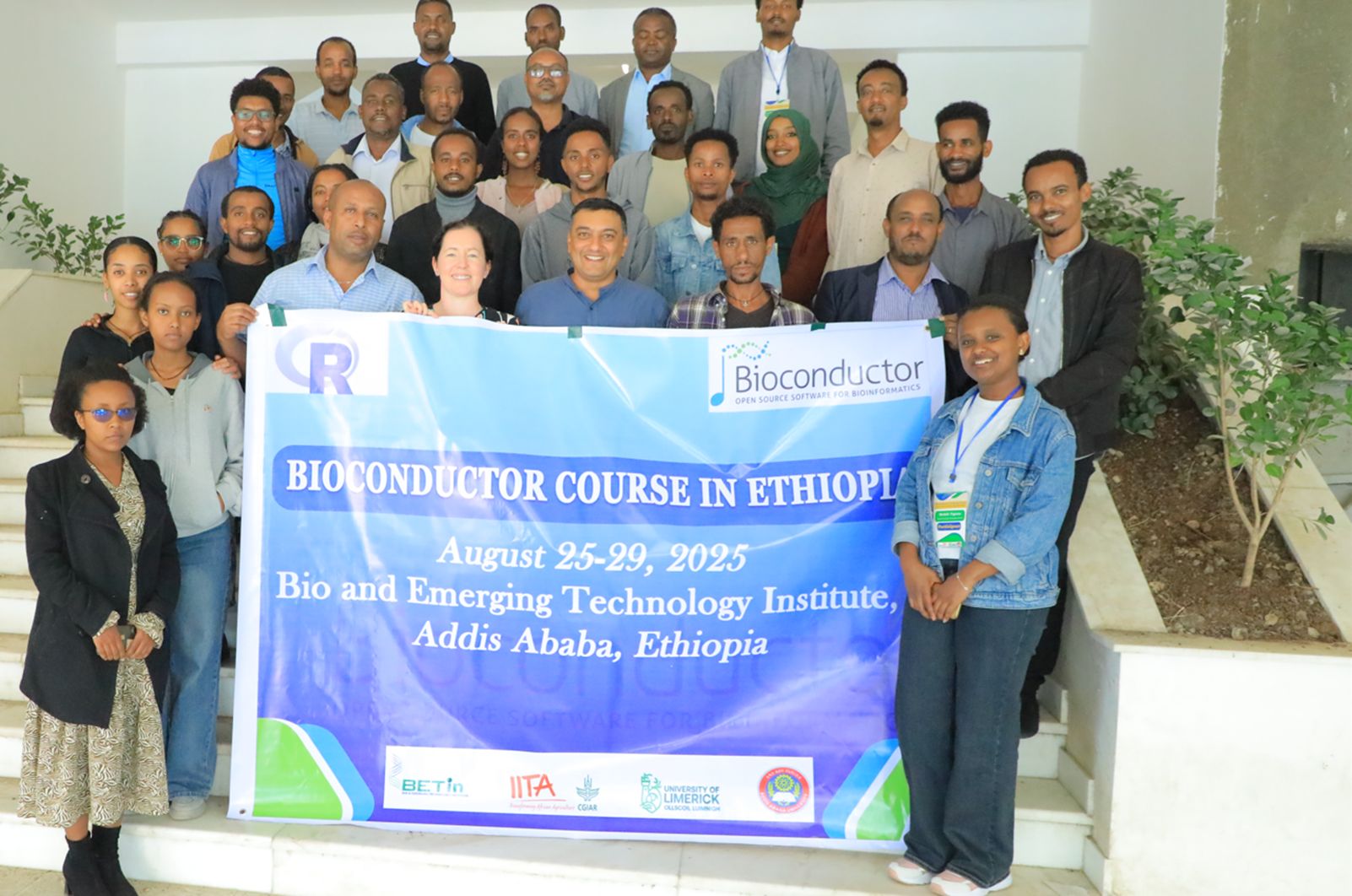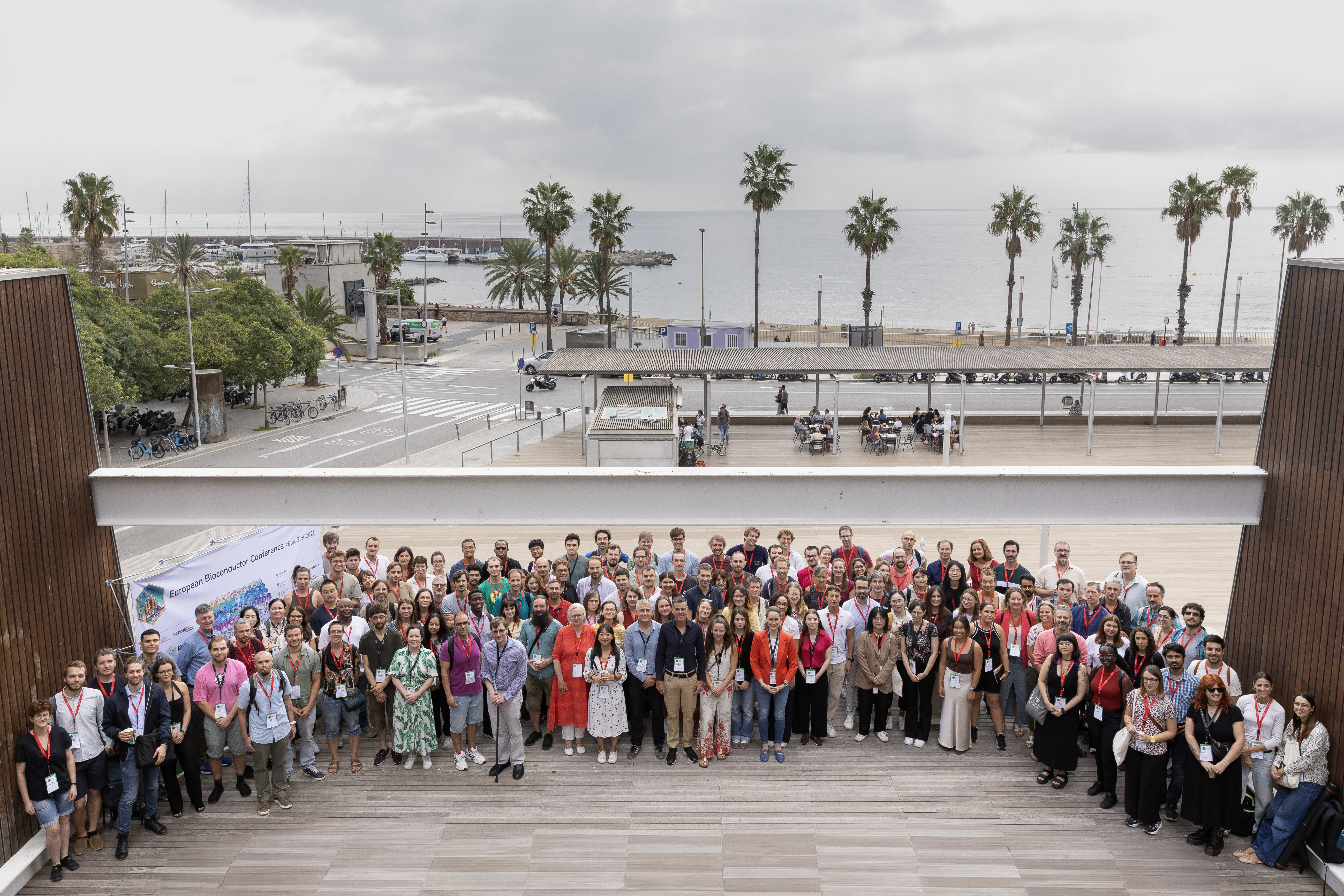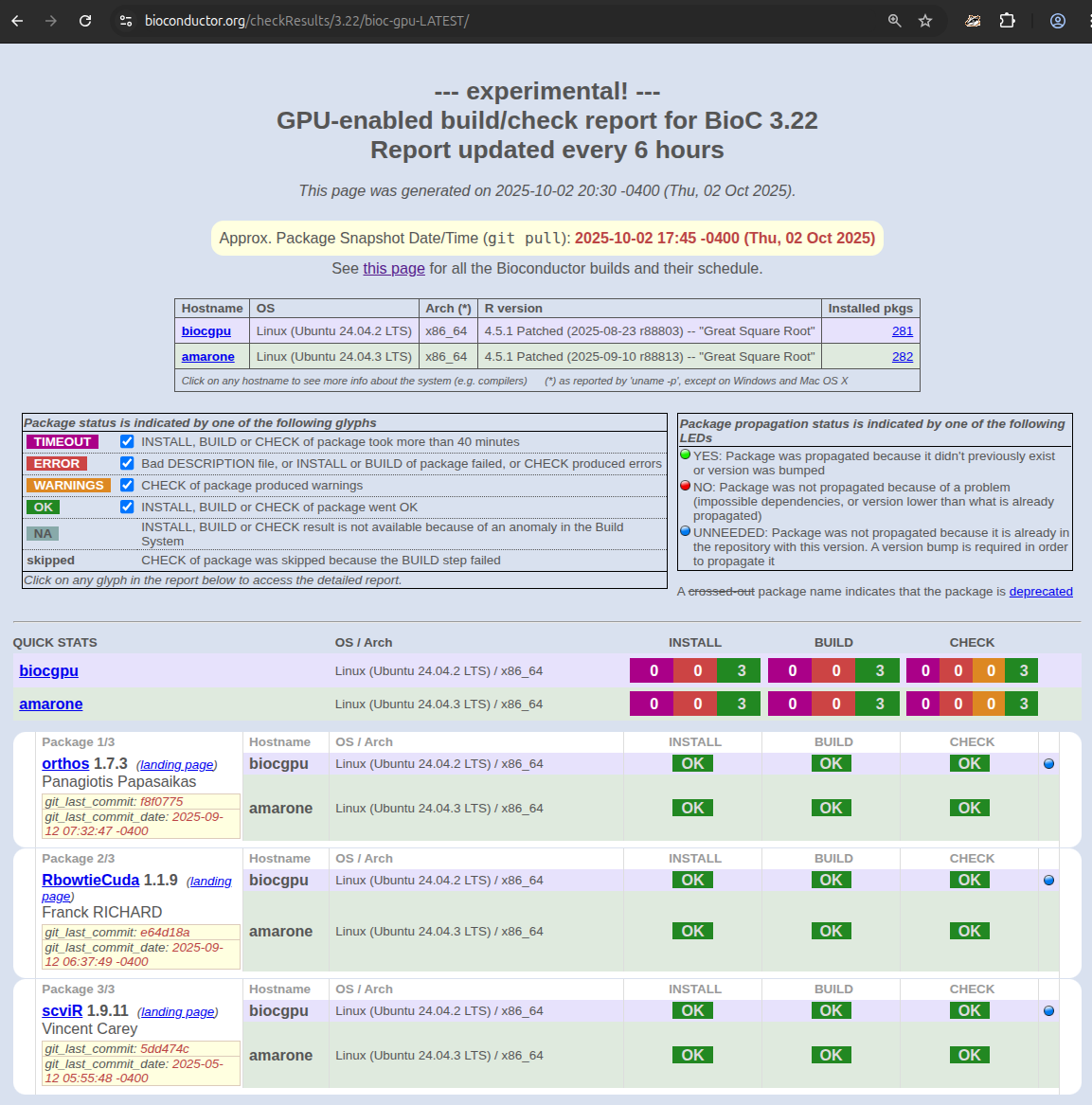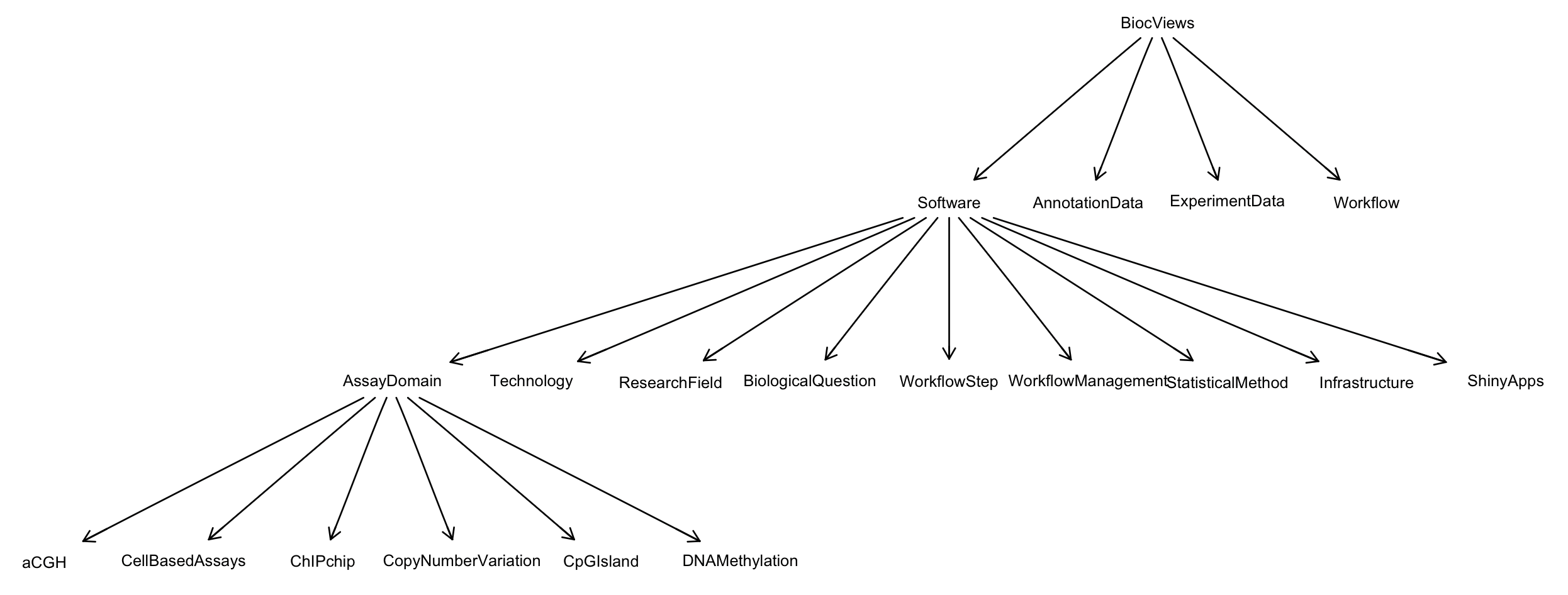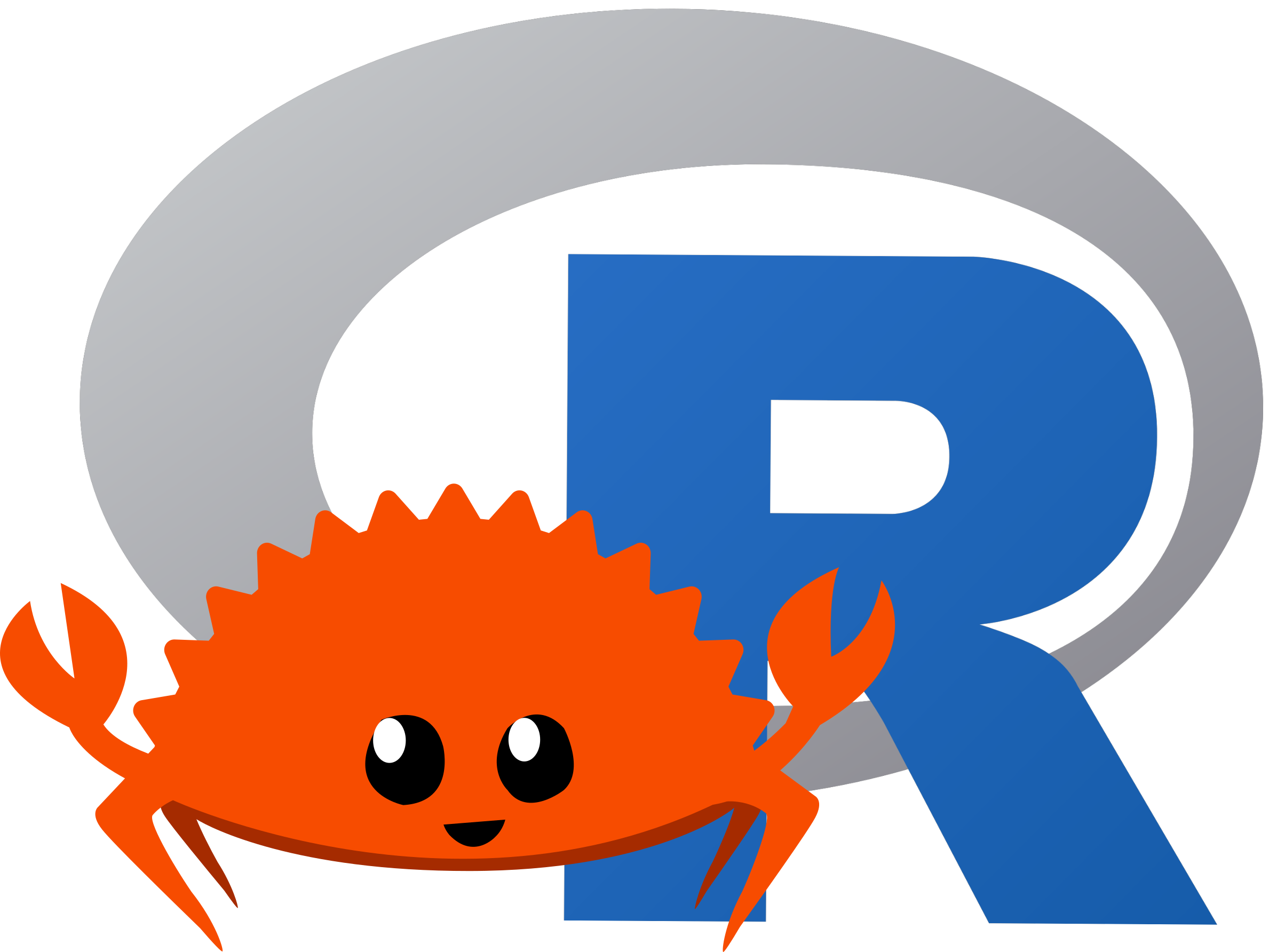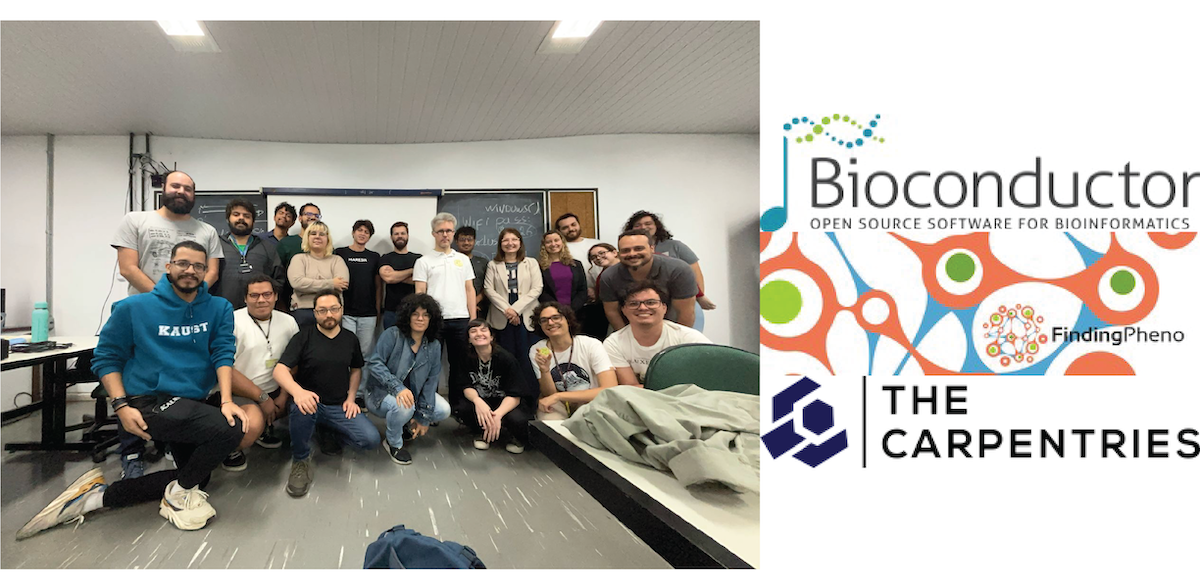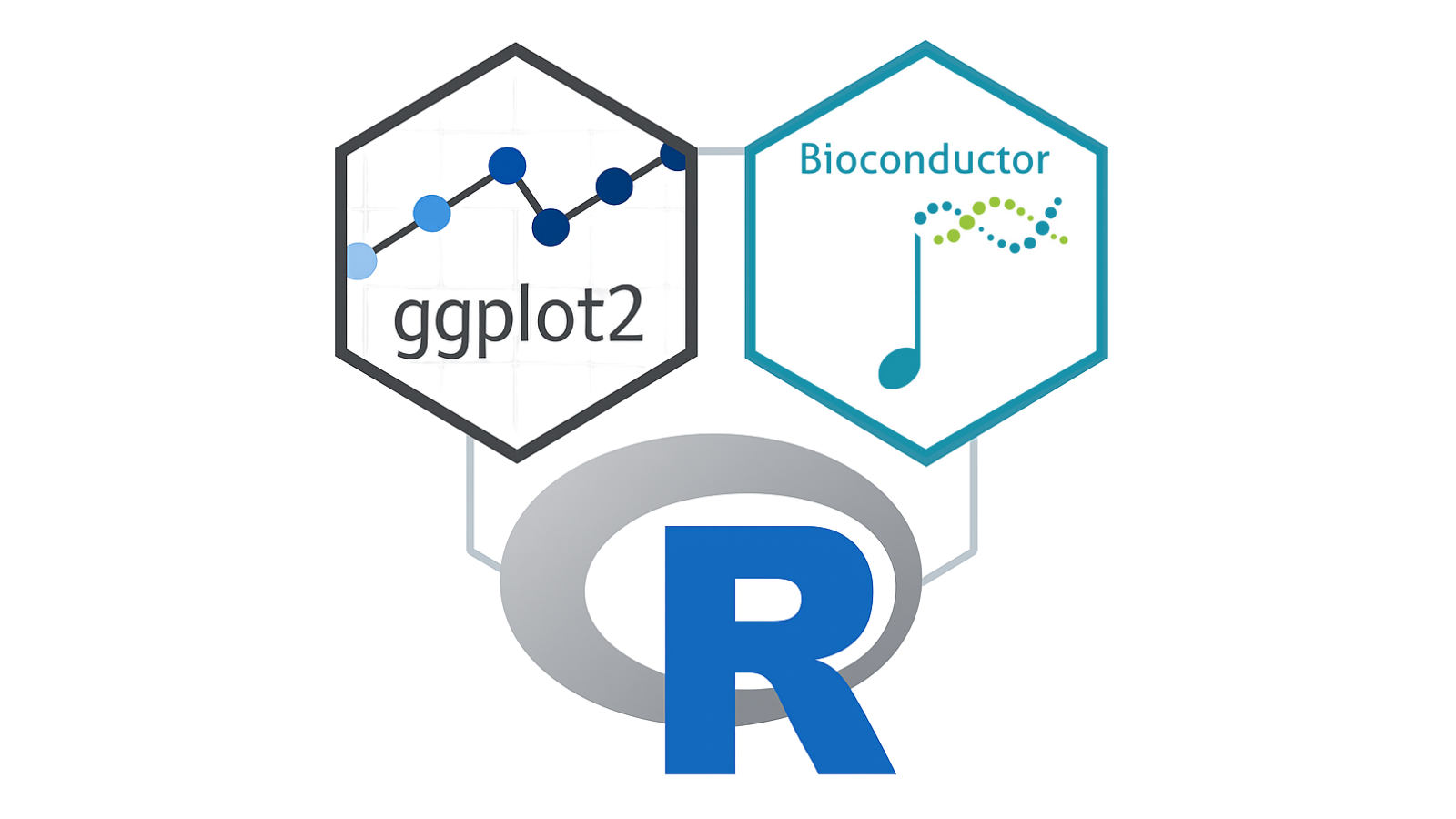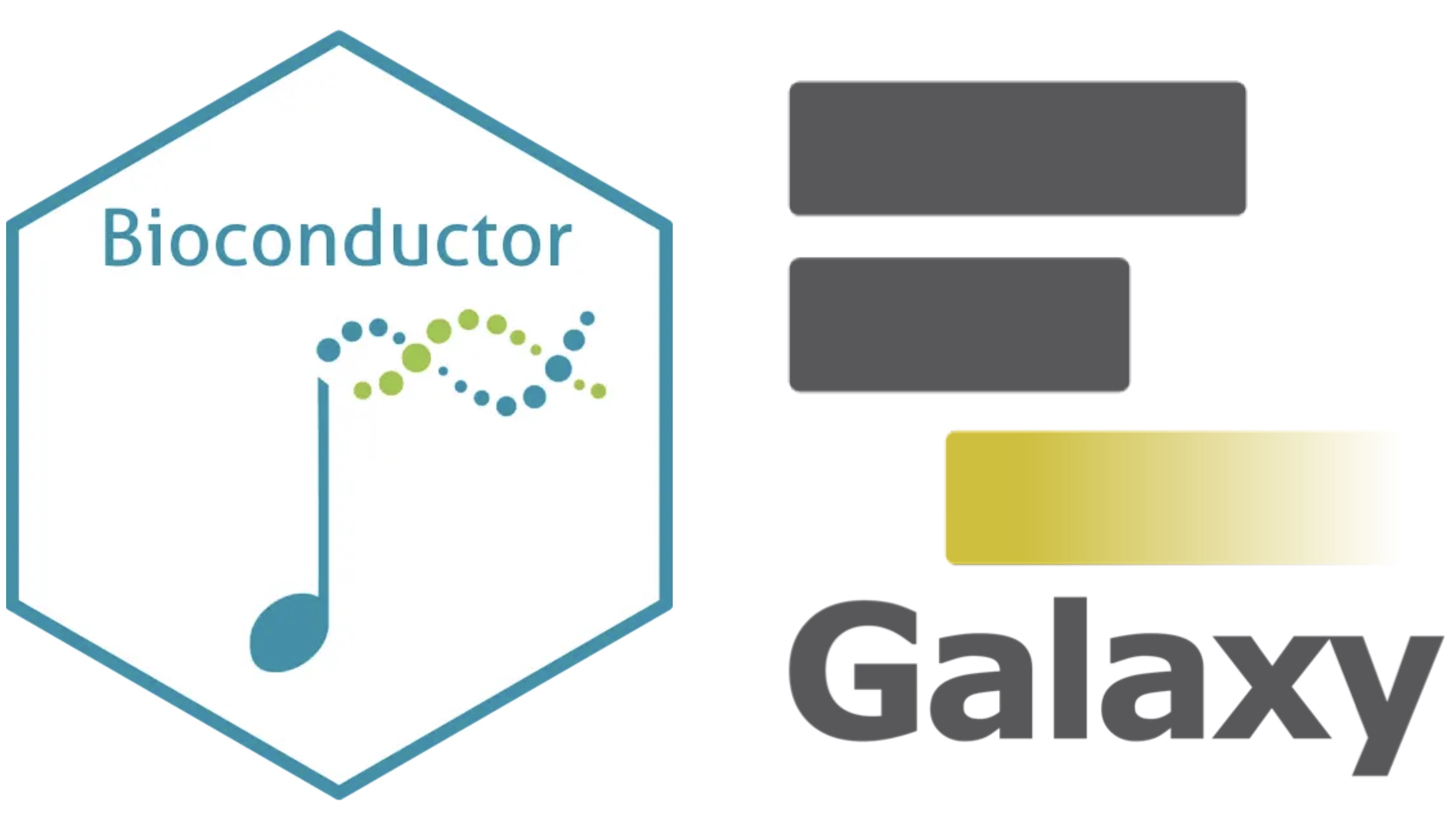
Introduction To a beginner, open source can be one of the best pathways into a fulfilling tech career. It not only provides access to source codes but also connects you with a global community of people from diverse backgrounds and skill sets. Together, contributors share ideas, collaborate on projects, and continuously improve the software.
